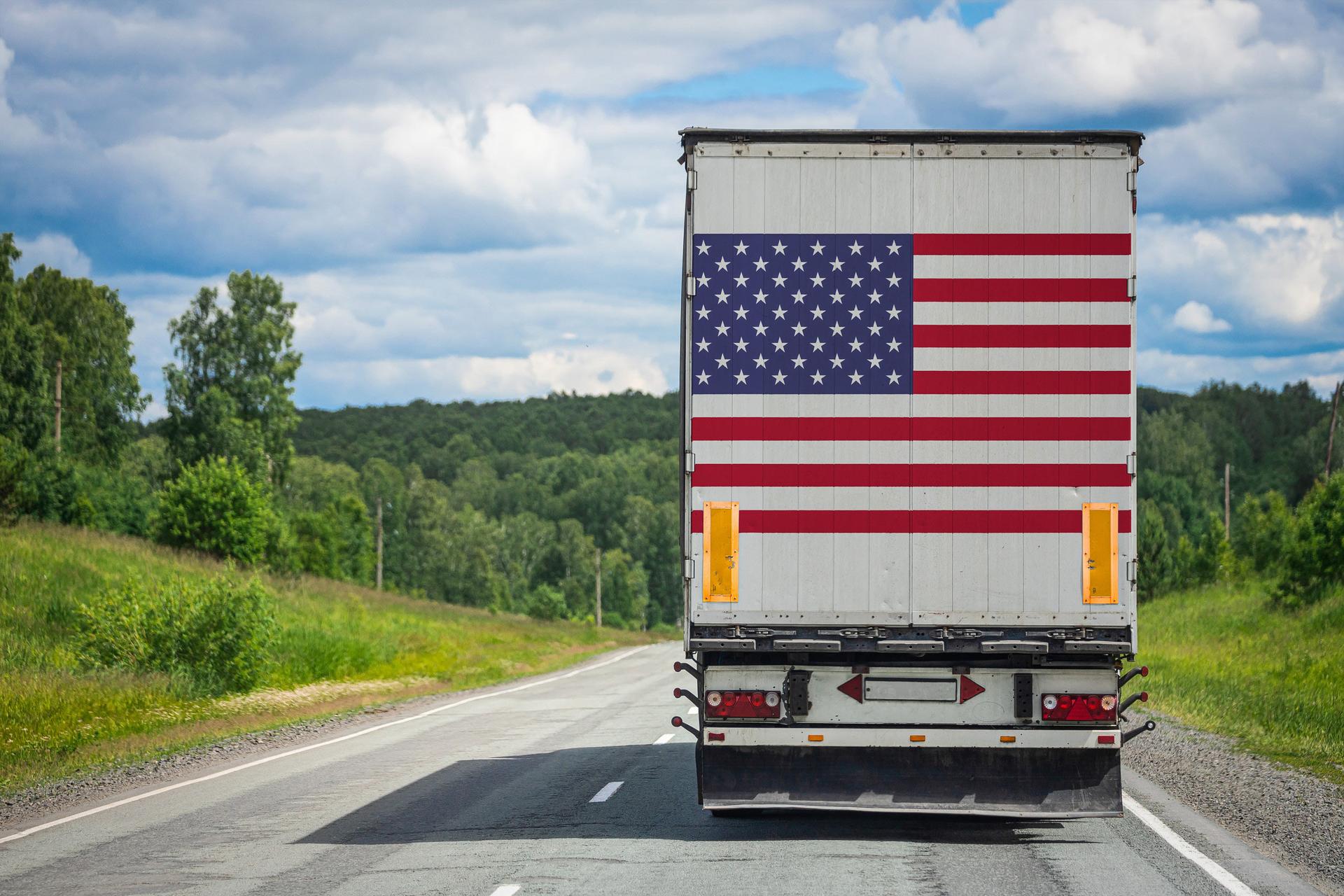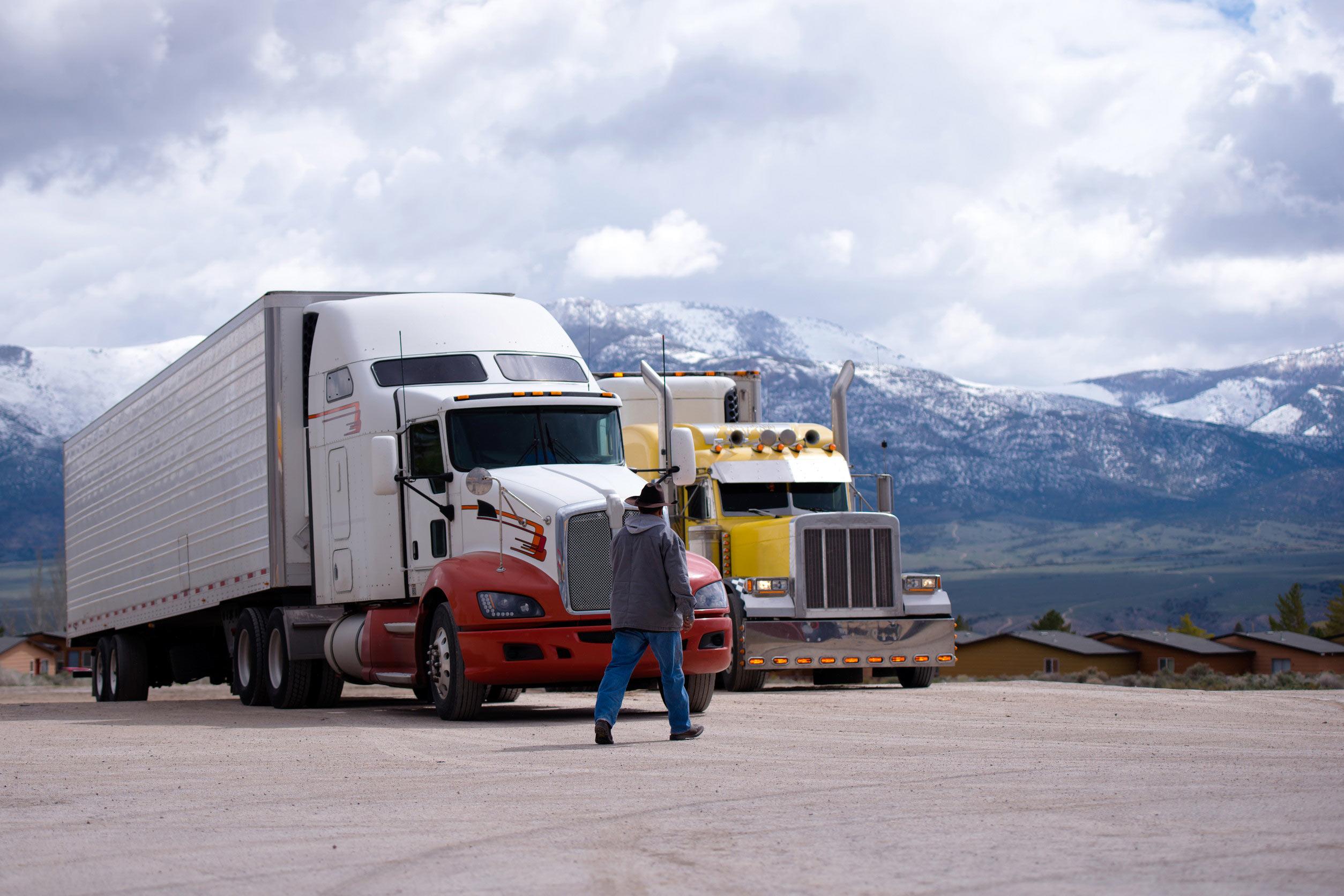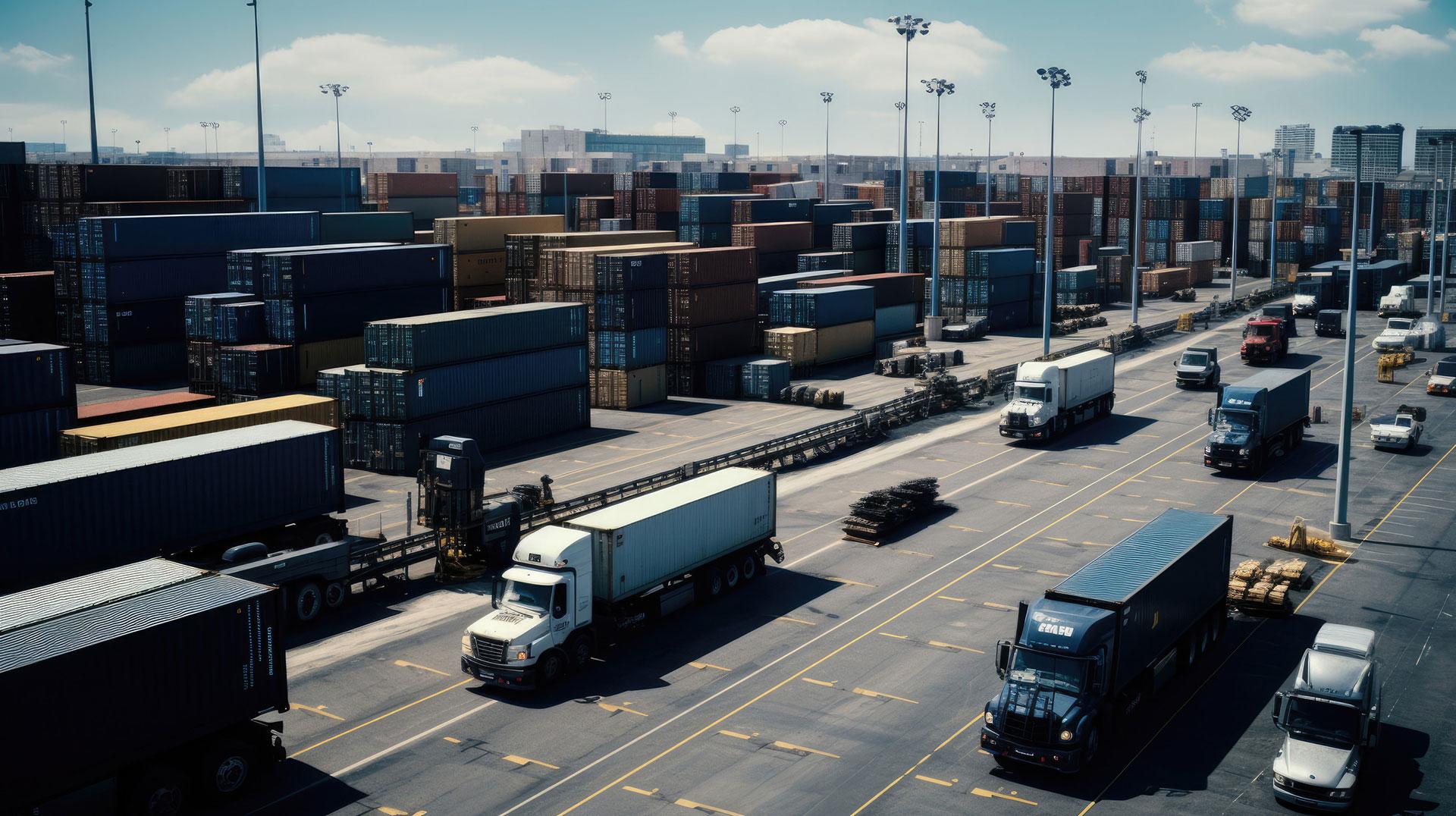The 2024 Election’s Potential Impact on Trucking & Logistics
January 22nd, 2025
By Arrow Truck Marketing

With Donald Trump winning the presidency and Republicans holding the House and Senate, many in the trucking and logistics sector wonder how the new administration and congressional majority will shape the industry. While no single policy determines the success of an entire industry, specific federal actions can influence everything from daily operations to long-term strategy. Here’s a look at key areas likely to see changes and what those shifts could mean for carriers, owner-operators, and freight companies.
Federal Regulations and Compliance
Possible Regulatory Adjustments
With Republican leadership in both the White House and Congress, a reevaluation of current regulations could be on the table. Measures introduced under previous administrations—such as updated hours-of-service rules or strict electronic logging device (ELD) mandates—may undergo revision or receive relaxed enforcement. This could result in more flexible compliance requirements for smaller carriers and owner-operators. At the same time, certain existing rules might remain if they have broad industry support or are seen as beneficial for safety.
Ongoing Infrastructure Oversight
The Republican-led Congress and administration may prioritize business-friendly policies, but infrastructure oversight will still play a role in compliance. State and federal coordination could determine how effectively highways, rest areas, and inspection facilities are maintained or upgraded. Even with a regulatory approach that favors deregulation, carriers might see new measures aimed at modernizing infrastructure for improved safety and flow of commerce.
Trade Policies and Tariffs
Revisiting Trade Agreements
President Trump’s previous tenure focused on tariffs and renegotiations of key trade deals. With a renewed mandate and a supportive Congress, the administration could further revisit trade policies to shape import/export dynamics. For trucking, any changes to trade agreements, tariffs, or cross-border regulations directly affect freight volumes, particularly on lanes that move goods internationally.
Shifts in Freight Patterns
If the government expands tariffs or modifies existing agreements, certain industries may see accelerated domestic production, boosting regional or local truckload volumes. Other sectors reliant on imports might face additional costs, potentially reducing some freight lanes. Carriers with diversified operations may fare better, especially if they can pivot to where demand remains steady.
Emissions Policies and Environmental Targets
A More Lenient Approach?
During previous Republican administrations, environmental regulations sometimes took a back seat to business concerns. This could imply more lenient emissions standards for trucking compared to stricter rules endorsed by other parties. Less stringent semi-truck efficiency and emission policies might mean that new truck engine requirements or zero-emission vehicle mandates could slow, giving diesel-powered fleets more time to transition voluntarily.
Continued Market Pressures
Even if federal emissions regulations ease, market pressures and state-level rules could still push the industry toward cleaner and more efficient trucks. Major shipping customers, for instance, often set sustainability goals, indirectly influencing carriers. California’s environmental standards, for example, have historically set the tone for manufacturers. Fleets operating interstate will need to track these layered regulations, especially where local and federal policies diverge.
Labor Laws and Workforce Considerations
Revisiting Driver Classification
Labor issues, such as classifying drivers as employees or independent contractors, remain significant in trucking. Some states have introduced laws to tighten or clarify the criteria. At the federal level, a Republican majority could push for maintaining or expanding existing exemptions, aiming to preserve flexibility for owner-operators. This could mean fewer changes to driver classification rules, though state-level battles might continue to shape the bigger picture.
Minimum Wage and Worker Protections
Broad federal changes to minimum wage or overtime regulations are less likely under a Republican administration. Yet individual states can still set their own standards, creating a patchwork of rules that carriers must navigate when operating across state lines. Even modest shifts in worker protections could impact the costs of support staff, dockworkers, and warehouse personnel, indirectly affecting trucking operations and overhead.

Infrastructure Spending
Highways, Bridges, and Repair Projects
Republican-led governments often tout infrastructure improvements as part of economic growth strategies, though the specifics can differ from party to party. There may be a push to streamline approval processes for construction, repairs, and expansions of highways and bridges. Effective infrastructure spending benefits trucking by reducing congestion, improving travel times, and cutting down on vehicle wear and tear. However, funding levels and methods—such as tolls or private investments—might shift, influencing how these projects are implemented.
Modernizing Freight Corridors
Some lawmakers support “smart” infrastructure that leverages technology—like advanced traffic management systems, electronic tolling, or dedicated truck lanes. If a Republican-led administration and Congress decide to invest here, carriers might enjoy smoother operations. However, these projects typically require substantial buy-in from multiple stakeholders, including local governments. Successful rollouts can still face budget constraints or political negotiations.
Energy Costs and Fuel Markets
Domestic Production vs. Global Factors
A Trump administration may continue to emphasize domestic oil and gas production. This could stabilize or potentially lower diesel prices compared to a scenario with tighter fossil fuel regulations. Yet the global market often dictates fuel costs more than domestic policy alone, so trucking operations should remain prepared for fluctuations.
Alternative Fuels and Incentives
While more lenient federal emissions policies might reduce pressure to adopt electric or hydrogen trucks, some fleet owners may still pursue alternative fuels for long-term cost savings or to meet sustainability commitments for major clients. Legislative incentives for cleaner energy could be scaled back or refocused, influencing how quickly fleets transition. Keeping an eye on local programs and private sector demand is essential to gauge any remaining incentives for greener fleets.
Adapting Where Needed
With President Trump back in office and Republicans holding both the House and Senate, the trucking and logistics industry could see an emphasis on deregulation, potential shifts in trade policies, and a renewed focus on infrastructure development through a pro-business lens. This may translate into more relaxed compliance requirements, continued or adjusted tariff strategies, and possibly more streamlined projects to improve highways and freight corridors. At the same time, issues like labor classification and environmental standards will remain in the mix, influenced by both federal stances and individual state actions.
That said, trucking is an industry shaped by diverse factors. Global market dynamics, technological advancements, and customer demands play significant roles. Businesses should watch for legislative developments but also stay attuned to changes to the market that might come from state governments or the broader global economy. The neutral stance here: keep an eye on federal decisions, adapt where needed, and continue delivering freight efficiently and profitably.
No matter who holds office, trucking remains a cornerstone of U.S. commerce. By staying informed and flexible, carriers can thrive in a political climate that prioritizes business growth, even if certain uncertainties remain. The industry’s resilience lies in its ability to navigate new regulations, take advantage of shifts in infrastructure funding, and stay agile in the face of broader economic forces.

